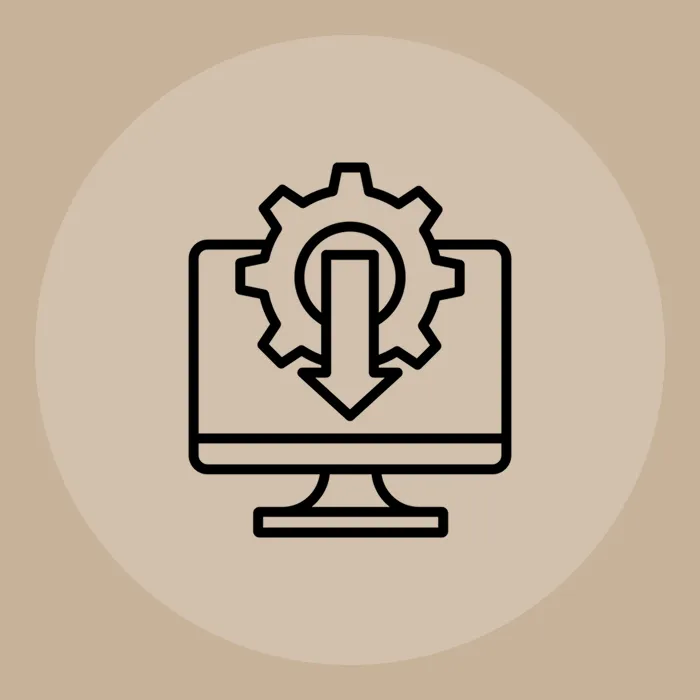In today’s fast-paced business world, companies need to continually look for ways to streamline and be more efficient. Identifying processes that waste time without delivering equal value is the way to stay competitive and responsive. Companies that take the time to figure out which processes are wasteful can unlock huge productivity and employee satisfaction gains. By defining these areas, companies set the stage for efficient automation that reduces errors and frees up human resources. By examining each workflow, you not only expose the waste but also get guidance on where to invest in technology solutions. To make sure these observations are made, observe the following key signs of a process that may be ready for change:
Repetitive tasks: Tasks that are done the same way every time, sucking time and energy from strategic work.
High error rates: Processes where human involvement creates errors that have to be reworked in the future, wasting time and money.
Low employee satisfaction: Work that demotivates employees because of its repetition, leading to burnout or disengagement.
Why identifying time-wasting processes matters in business today
Businesses today are in an efficiency era. Identifying a laborious process, especially one that hinders overall performance, is key to operational excellence. When organizations invest in analyzing their workflows, they not only optimize their internal processes but also create a culture of continuous improvement. That culture is key to sustaining a competitive advantage and making sure every employee’s time is optimized. Assessing and refining these processes regularly results in better service delivery, lower operating costs, and higher output quality. Organizations that get this right set themselves up to unlock automation and move from old ways to new ways.
Breaking down the common problems that indicate a process is ready to be automated
Identifying processes that are time-sucking starts with a review of existing workflows. The biggest challenge is the sheer amount of manual repetitive work that’s done every day, which can be quantified using performance stats and time tracking tools. Where tasks don’t require complex decision making but take up a big chunk of the workday, they are the best automatable candidates. Processes that require lots of manual data entry or communication between departments are usually plagued with miscommunications and delays. Another common sign is bottlenecks where the workflow is being held up by human constraints rather than technical constraints. By process mapping the workflow, organizations can identify some areas that are time-consuming processes, opening up the opportunity to roll out automation in a strategic way.
How to evaluate and prioritise automation opportunities
To find processes ready for technology transformation, companies need to be systematic and methodical. First, do a full audit of all processes, map out each workflow, and track time and materials. Next, get opinions from the people who do the tasks, and they may reveal inefficiencies not visible in the data. Once you have both qualitative and quantitative data, compare each process against a set of criteria, such as frequency of occurrence, percentage of errors and cumulative impact on productivity. Prioritise the processes that can be improved, and you will know where automation will give the most value.
Finally, before you go ahead, you need to do a pilot to test the automation solution in a controlled environment, to make sure the process is ready for automation and the transition will give tangible results.
Mapping out a workflow is the most important step in determining if a process is time-wasting and therefore a candidate for automation. A picture is worth a thousand words, and a flowchart or process diagram can be very useful in revealing the hidden inefficiencies that may not be visible in written form. By using a mix of employee input and data analytics, you can determine the time of each task, identify the major pain points, and establish baseline metrics to measure future improvements. Using advanced process mapping tools that integrate with existing systems to enable real-time monitoring is key. And setting KPIs such as processing time, error rate, and resource utilisation will allow you to quantify any future automation gains. This will give decision makers the ability to know where the changes will be most beneficial and make the case for moving from manual to automated processes clear and compelling.
Overcoming resistance and implementing automation with a clear vision
Rolling out automation into existing processes can meet with strong resistance, especially from those who have been doing things manually for years. Clearly and repeatedly explaining the strategic rationale for the automation to all stakeholders is key. Explaining how the new system will free up employees from tedious tasks and allow them to focus on more creative, high-value work helps to build buy-in across the organisation. Secondly, engaging employees at the planning and implementation stages eliminates much of the resistance as they are treated with respect for their concerns and expertise. Extensive training and ongoing support also help with the transition and create a culture of collaboration and trust. Companies that manage this transition well not only achieve operational efficiency but also the overall work culture,so employees feel empowered and ready for the next innovation.
Drawing on industry experts and success stories like Flowspark to drive change
Learning from industry leaders is a priceless part of any automation. Companies have come forward to share their stories and how they transformed manual, time-wasting processes into streamlined operations. These real-life examples show the challenges they faced and how they were solved, so companies can use them as a template for their own automation journey. One such example is Flowspark, a pioneer in providing innovative automation solutions that help businesses move from manual legacy processes to modern digital systems. Their approach has not only increased productivity but also changed how companies see the value of technology in process optimisation. By studying these case studies and applying best practices from others, companies can gain the confidence and knowledge to make lasting change and be competitive in a fast-changing market.
Conclusion: Automate the way to an effective future
In short, finding things to automate is an art and a science. It requires understanding current workflows, being willing to critique each step, and having the vision to see the long-term benefits of merging technology. By mapping processes, gathering data, and involving the right people in the evaluation, organisations can identify what can be automated. Implementing those changes will make operations more efficient, and employees can focus on strategic initiatives that drive innovation and growth. As businesses evolve, being able to spot where automation can replace tedious tasks is key to an innovative mindset. Ultimately, automating with a clear vision will mean efficiency, quality and competitiveness are the focus of every operation.










